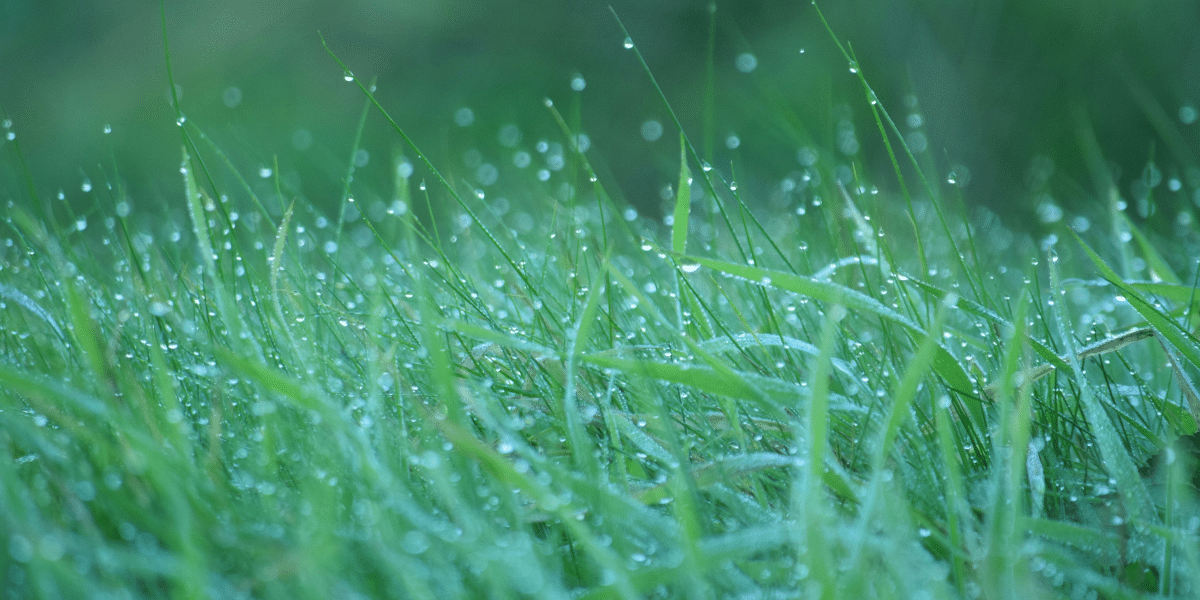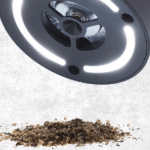By: Jacob Maslow
Beautiful green grass is a clear sign of spring each year, but as temperatures drop in the fall, our turf shifts from that bright green to a dull brown. During those cold months, what exactly is our grass doing, and how does it bounce back when the mercury rises a few months later?
The familiar green color of grass is created with the production of chlorophyll, the plant’s internal food source. While a lot of people say that their lawn is “dead” after a hard freeze, that’s not actually the case. Your grass is very much alive, but because it requires warm temperatures to produce chlorophyll, it simply shuts down that process during cold weather. This is called dormancy, and while it is mostly a cold-weather state, it can also be seen during hot weather.
Fescue, bluegrass, and several other species are what are known as cool-season grasses. That means they turn green as they begin to grow vigorously in the spring, then slow down in summer’s heat before reactivating in the cool fall. When the summer is particularly hot and dry, the grass may go into full dormancy as if it’s winter. That’s because cool-season grass does not tolerate hot weather any better than cold weather.
At the end of that fall growth comes dormancy for the winter, and it’s important that you have properly prepared your lawn for fall. The critical thing is good mowing through the summer. If you are using old, dull blades on your mowing equipment, the grass doesn’t really get cut. It gets broken, and those broken, ragged blades are more likely to suffer invasions from pests and damage from cold weather. Keep your inventory of lawn equipment up to date so that your grass is cut off clean and straight.
While the grass you see above the ground is not doing very much during dormancy, the parts of the plant below the ground may actually be very active. The root system under your grass is busy expanding and developing through the fall and winter. That means you should fertilize your lawn in the fall so that the necessary nutrients for good root development are present.
We often want to fertilize grass in the spring, but applying nitrogen at that time encourages growth only in the blades of grass, not the roots. When dry summer days come along, the root system is not strong enough to support the vigorous growth above ground, forcing the grass into dormancy. Fall fertilization strengthens and expands roots, making them better able to nourish the lawn and delaying or preventing summertime dormancy.
During its dormancy, your grass is anything but dead. Instead, it’s making use of the sugars it has built up all summer long and the nutrients that you have provided in the soil. With proper mowing and care, these two ingredients and the water in your soil help your grass strengthen its roots and fight off pests so that you’ll see a beautiful green-up next spring.
Published by: Annie P.



















